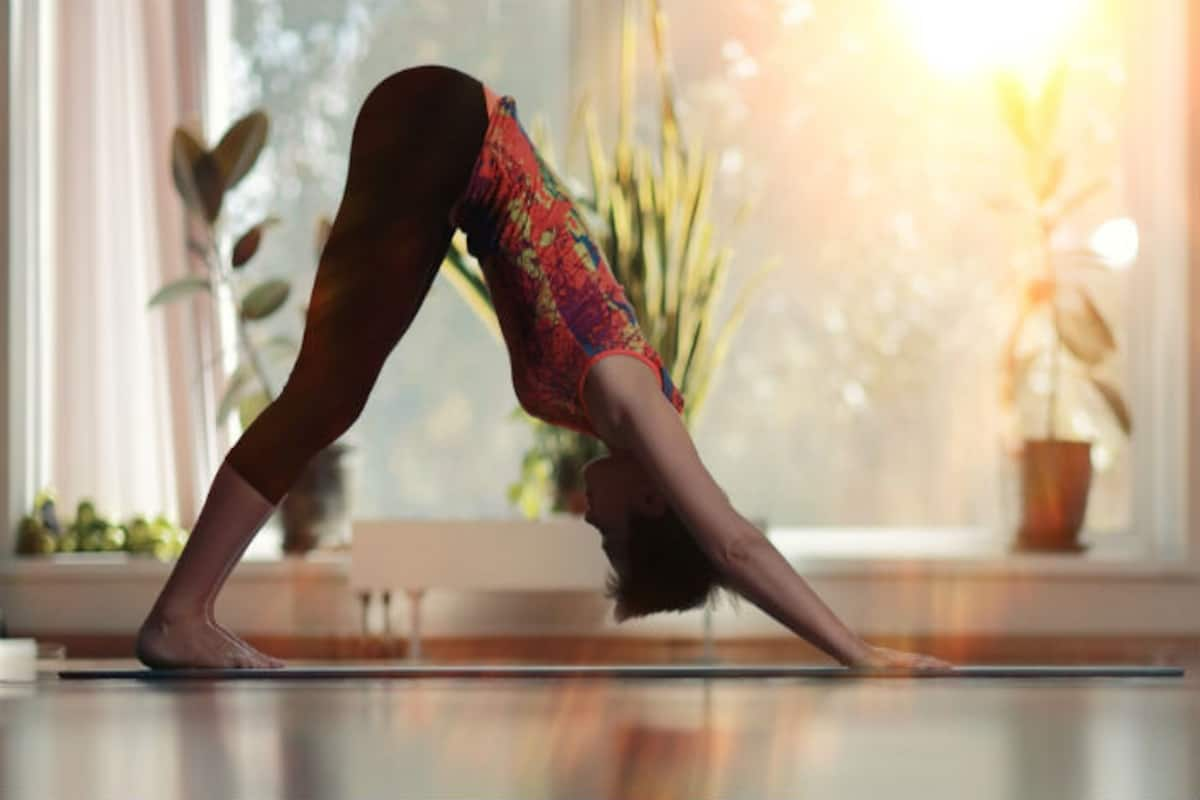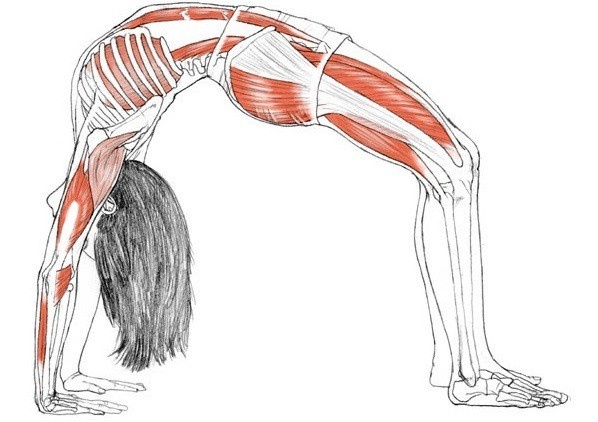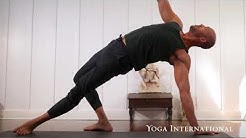
Eye yoga is a great way to reduce eye strain and decrease the chance of developing glaucoma. This practice involves palming action, which helps to focus the eyes. You should bring your right thumb to your nose with your thumb. Slowly extend right arm and keep your eye on thumb.
Yoga for the eyes
Optical Yoga is a great way to improve your eyesight. Not only will it improve your vision, but it will improve your overall health as well. It will leave you feeling great, from head to toe. This means that you'll have less need for medication to treat eye problems. Eye yoga is a wonderful choice for anyone.
Optical yoga involves simple exercises that strengthen and stretch the ocular muscles. This allows students to concentrate more effectively and reduces eye strain. You can perform the exercises multiple times per day, including before you go to bed. They can also be done at your desk, if you have a few extra minutes.

Palming action
Eye yoga is incomplete without palming. It activates the energy to receive and come into the present moment. It calms the nervous system. Try doing palming for fifteen to twenty minutes several times a day to improve eye health. This practice can either be done lying down or sitting. It's best if you start slowly.
Palming is an ancient technique where your hands are placed on your eyes. This is a common practice in yoga classes. It can also refresh your mind. It can also relax your face and reduce wrinkles. This technique can also be practiced with or without eyes closed.
Relieves eye strain
If you're feeling eye strain, you're not alone. Many people experience eye strain from heavy computer use. It is often accompanied with headaches, tight shoulders and back pain. To alleviate eye strain, you can try exercises that will help you move your eyes from side to side.
Eye yoga has been found to help reduce eye fatigue and stress. In one study, 32 optometry students found that performing ocular yoga exercises relieved eye fatigue and helped strengthen the extraocular muscles. Another study, conducted in 2016 on 40 nursing students, showed that eye yoga exercises helped them feel less fatigued when doing daily tasks.

Reduces glaucoma risk
Eye yoga can reduce your risk of developing glaucoma. This is by improving your eyes health. Glaucoma patients are at high risk for developing optic nerve damage due to intraocular pressure (IOP). This condition can be treated. Yoga can be used to improve eye pressure and vision.
Before you begin any exercise program that could affect your eyes, consult your doctor. It is not recommended to lift weights that are over 200 pounds, and you should avoid any activity that restricts your breathing. You can still improve your blood flow by doing other exercises, which are good for your eyes and heart. In addition, regular exercise can help you lose weight and improve your overall health.
FAQ
Is yoga safe?
Yes! Yoga is considered to be low risk and is generally safe for everyone. If you have any injuries or medical conditions, consult your doctor before starting a yoga practice.
How long does a yoga class last?
Yoga classes typically last between 45 and 90 minutes. Some teachers offer shorter sessions or longer sessions during the week.
Can I do Yoga every day, even as a beginner?
Yoga is a great way to stretch and strengthen your body. Yoga can help you relax and let go of stress. To start yoga regularly, you don't need to be an expert. It is recommended that beginners practice yoga at least 20 minutes each day.
This is enough time for you to get started. Gradually increase the time spent practicing.
Statistics
- Lock in 25% off your Founding Member rate. (corepoweryoga.com)
- About one in seven U.S. adults practiced yoga in the past 12 months, according to a 2017 national survey. (nccih.nih.gov)
- A 2020 review of 27 studies (1,805 total participants) of yoga interventions in children or adolescents found reductions in anxiety or depression in 70 percent of the studies, with more promising results for anxiety. (nccih.nih.gov)
- According to the Agency for Healthcare Research and Quality, falls are incredibly common among older adults in nursing facilities. Even the simplest ones can increase the risk of death (24). (healthline.com)
- Gentle yoga has been shown to ease some of the discomforts of tender, swollen joints for people with arthritis, according to a Johns Hopkins review of 11 recent studies. (hopkinsmedicine.org)
External Links
How To
Can I do yoga during pregnancy?
Being pregnant can impact your ability to perform certain poses safely. Before you start a new exercise program, consult your doctor.
However, you still have many options for poses to be done during pregnancy. These are some ideas:
-
It is not a good idea to lift heavier than shoulder-level weights for pregnant women. Instead, opt for dumbbells and lightweight resistance bands.
-
Avoid deep twists. These could pressure your belly.
-
Avoid backbends until after you give birth. They can put excessive strain on your lower back.
-
Don't sit cross-legged or lie down on your stomach until you deliver your baby.
-
Make sure you have your doctor cleared you to perform inverted poses (e.g., headstands or handstands).
-
Keep your practice time to no more than 30 minutes per day
Yoga can be continued during pregnancy, if you're at the right stage. Your doctor can help you decide when it's time to start practicing yoga.